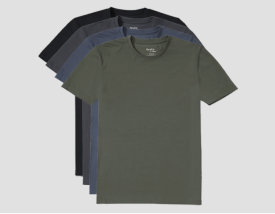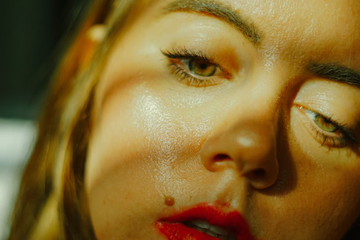Sweating doesn’t only occur in the presence of heat and exertion - many people deal with the bane of cold sweats. Sometimes cold sweats are harmless, but they can be a sign of serious health concerns too. This post will take a look at cold sweats and how sufferers can manage the condition.
Describing Cold Sweats
Cold sweats feel like what the name implies - there’s a chill you feel in your body that accompanies sweating. It may feel like having a cool or cold mist of water sprayed in your direction. You may sweat heavier than usual and it may occur in blistering heat or biting cold.
The typical areas you’ll notice cold sweats are in the palms, armpits and the soles of your feet - areas where hyperhidrosis often strikes. Cold sweats aren’t a normal response to something like exercise. Also, they’re not synonymous with night sweats because cold sweats can happen while you’re awake (whereas night sweats only happen at night).
Causes of Cold Sweats
An isolated bout of cold sweats usually isn’t a cause for concern. If anything, it’s just uncomfortable. However, frequent cold sweats is a red flag, a warning that something deeper is lurking, such as the development of a chronic illness or even an acute infection.
Daily episodes of cold sweats or even having an episode a few times a week warrants a doctor’s visit. But there are some common suspects.
Disorders that Trigger Cold Sweats
- Hypoglycemia - Have you ever skipped a meal and felt cold, clammy and sweaty? Low blood sugar (hypoglycemia) can cause cold sweats and the condition requires dietary management and medication if diabetes is involved.
Other conditions may cause cold sweats such as sepsis or hypoxia, but these illnesses also produce other severe symptoms that make medical attention a necessity. Regardless of how well you feel, you should visit your doctor if you experience cold sweats on a regular basis. Frequent episodes, especially if they’ve started suddenly, may be a sign of a new health problem so it’s better to err on the side of caution.
How to Treat Cold Sweats Holistically
Ultimately, to find relief from cold sweats, you have to address the root cause. That’s why a doctor’s diagnosis is so crucial - identifying the underlying condition will help you find the exact treatment you need. In time, the cold sweats may subside.
Of course, cold sweats may accompany common ailments such as nausea or anxiety, so you will feel relief as soon as those other symptoms disappear. However, you’ll likely find relief through any one of the following methods regardless of what’s causing your cold sweats.
Typical Treatments that Bring Relief from Cold Sweats
Put an End to Cold Sweats
To say that cold sweats are a nuisance is an understatement. An episode may come out of nowhere and make you feel uncomfortable in a matter of minutes. If you experience persistent cold sweats, then it’s time to fight back.
Visit your doctor to make sure that it’s not a sign of a more serious illness. His or her diagnosis will help you find the exact treatment you need to keep it under control. And with the right treatment, you can find lasting relief.
Looking for sweat-proof, moisture-wicking fabrics that can help you feel and look dry? Check out our line of sweat-proof t-shirts made with patented technology to help you dry off fast!








